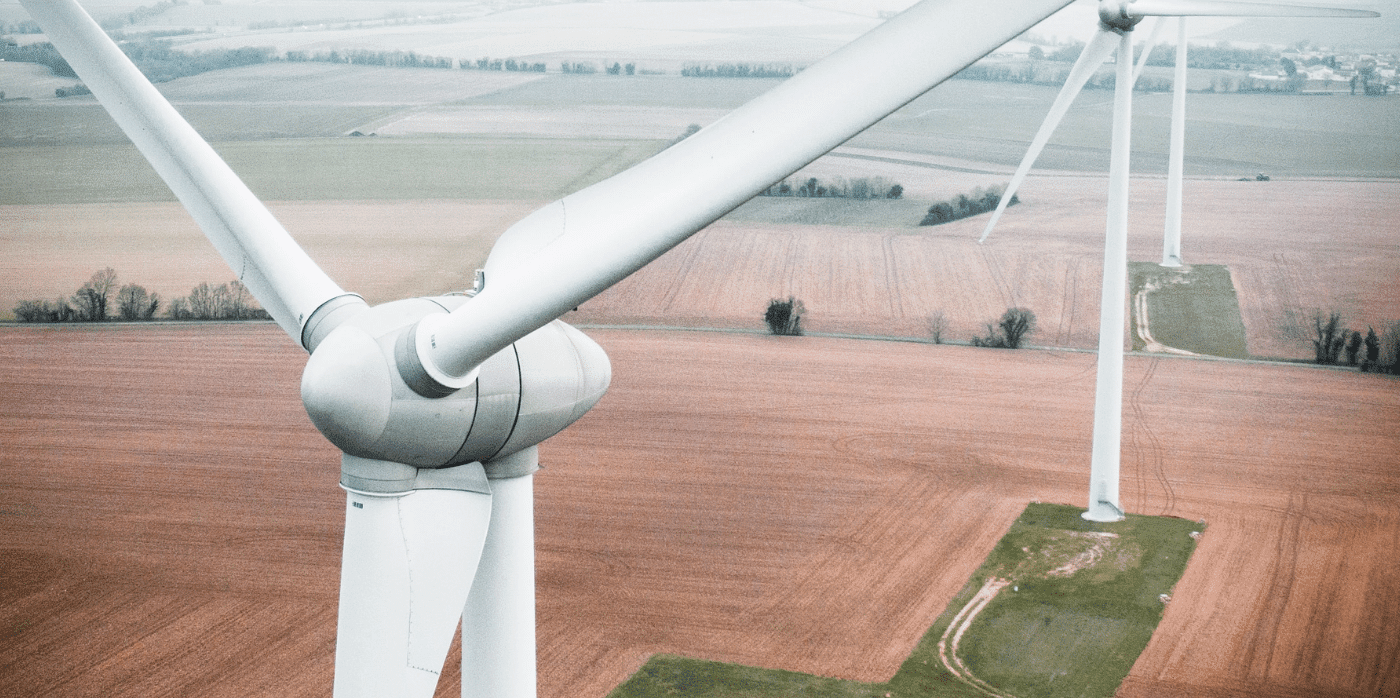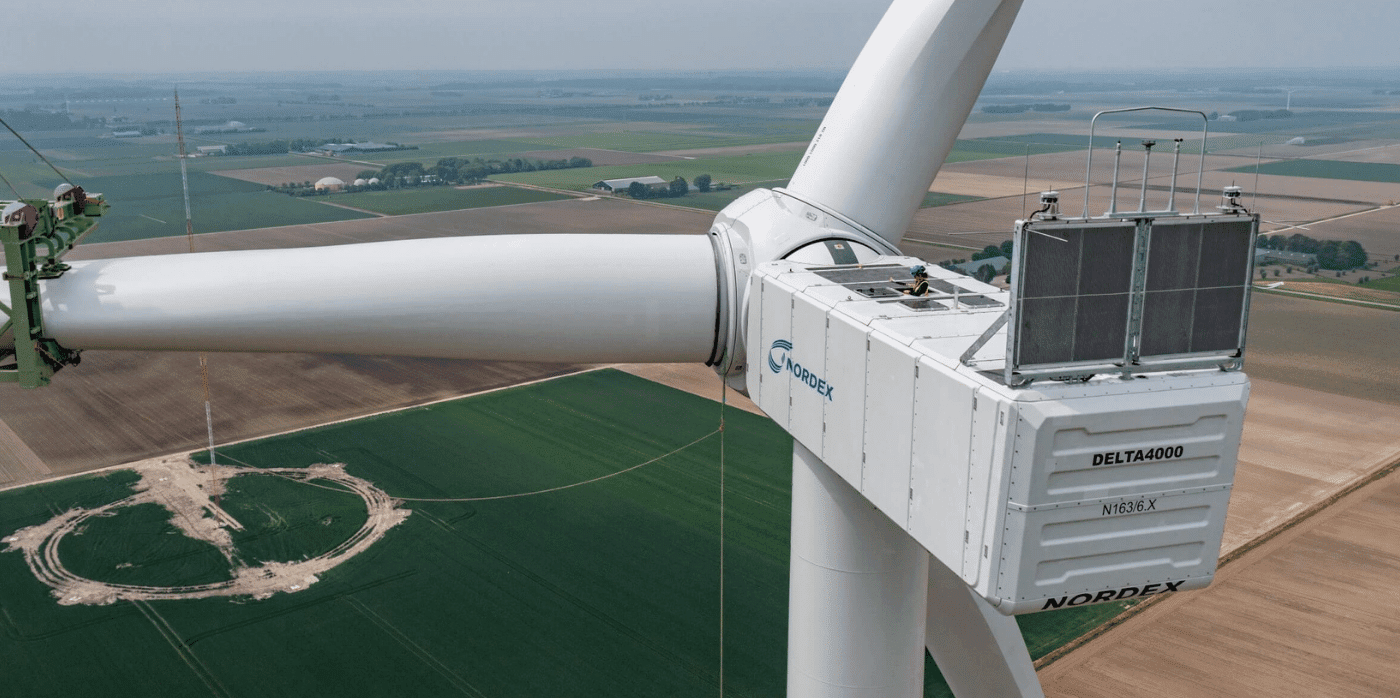Recyclable turbines for onshore wind energy

Spotted: According to the International Energy Agency (IEA), wind energy generation hit a record 273 terawatt-hours in 2021. And the IEA further forecasts that, in order to meet the agency’s net zero by 2050 scenario, the world will need to install 7,900 terrawatt-hours of wind electricity generation by 2030.
As wind power grows in importance, the need to consider the whole lifecycle of a wind turbine is more important than ever. While wind power is a clean and renewable form of energy, the turbines themselves are not without an environmental cost. And one of the most intractable issues to date has been the fact that turbines are made using composite materials that are difficult to recycle. Against this backdrop, the Siemens Gamesa RecyclableBlade, launched in September 2021 and first installed at a project in Germany in July, is a step in the right direction.
The blade is made of a composite material that can be recycled and reused, reducing the need for new materials. In addition, the blade is designed to be dismantled and transported back to the factory for recycling, making it easier to recycle than traditional blades. With its innovative recyclable solutions, Siemens Gamesa is helping to propel the activities that make wind energy even more sustainable, creating a fully circular sector.
Turbine blades are made from composite materials, including resin, glass and carbon fibers. The recycling process for these materials is complex and costly. However, Siemens’ new RecyclableBlade process uses a mild acidic solution to separate the materials at the end of the turbine’s lifetime. Those materials can then be recycled for use in other industrial applications. This could help to reduce the environmental impact of wind energy production and make the turbines more economically viable in the long run.
The innovation is part of Siemens’ larger sustainability vision, which includes a core target to produce fully recyclable wind turbines by 2040. After the run at RWE’s Kaskasi project in Germany last July 2022, the new RecyclableBlade is now available for customers to use at their onshore wind sites.
As wind turbines become more prevalent and their disposal becomes more pressing, Springwise is seeing a rise in methods for recycling wind turbine blades. These include wind turbine bioplastic that can be recycled into gummy bears, a recyclable composite innovation turning turbine blades into snowsports equipment, and the UK’s first turbine blade recycling project.
Written By: Katrina Lane


